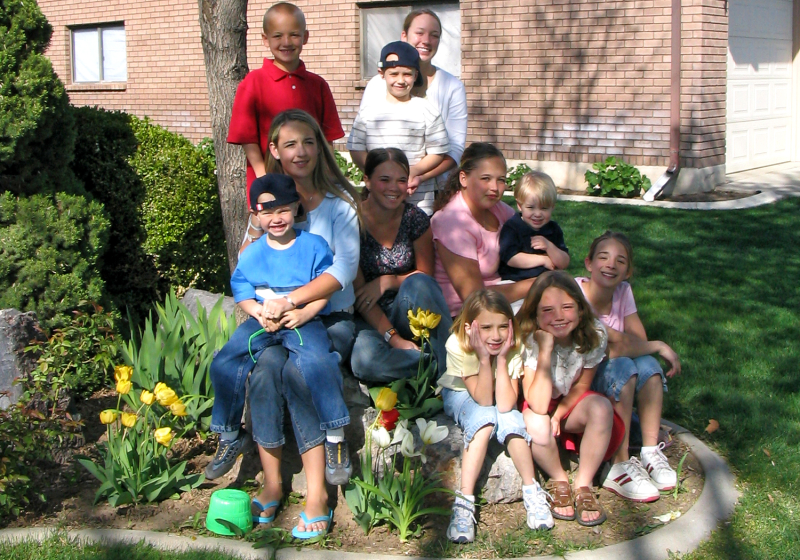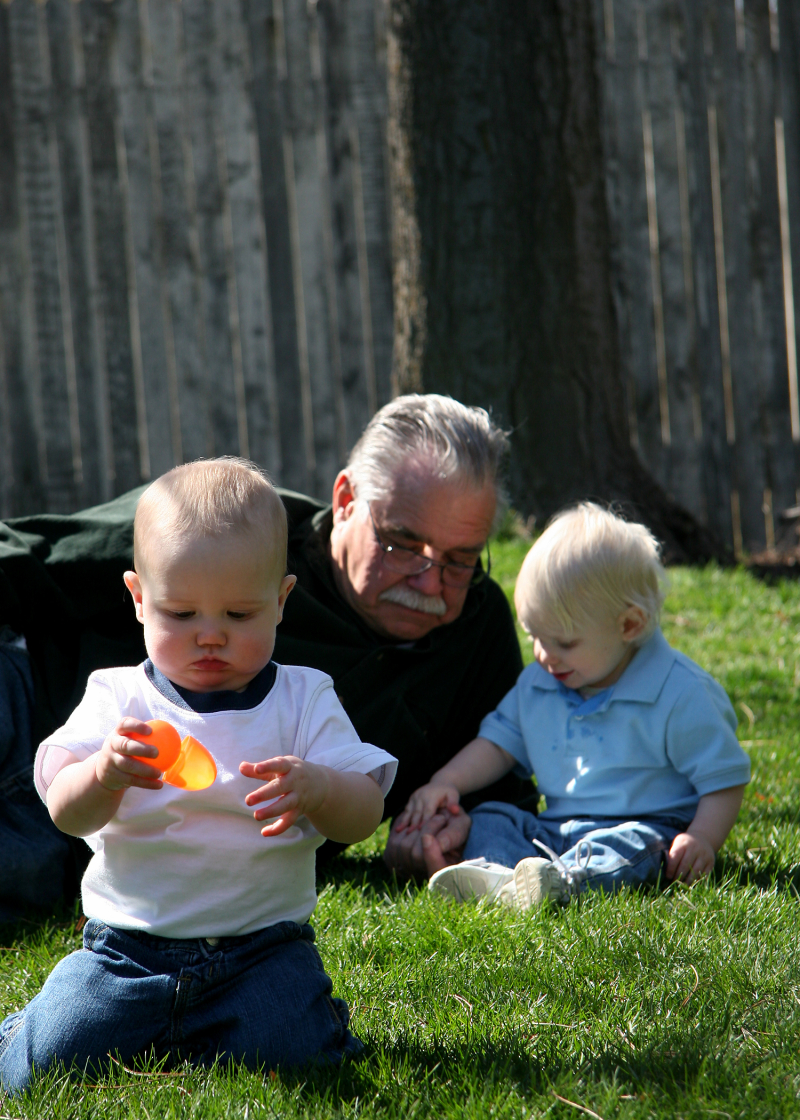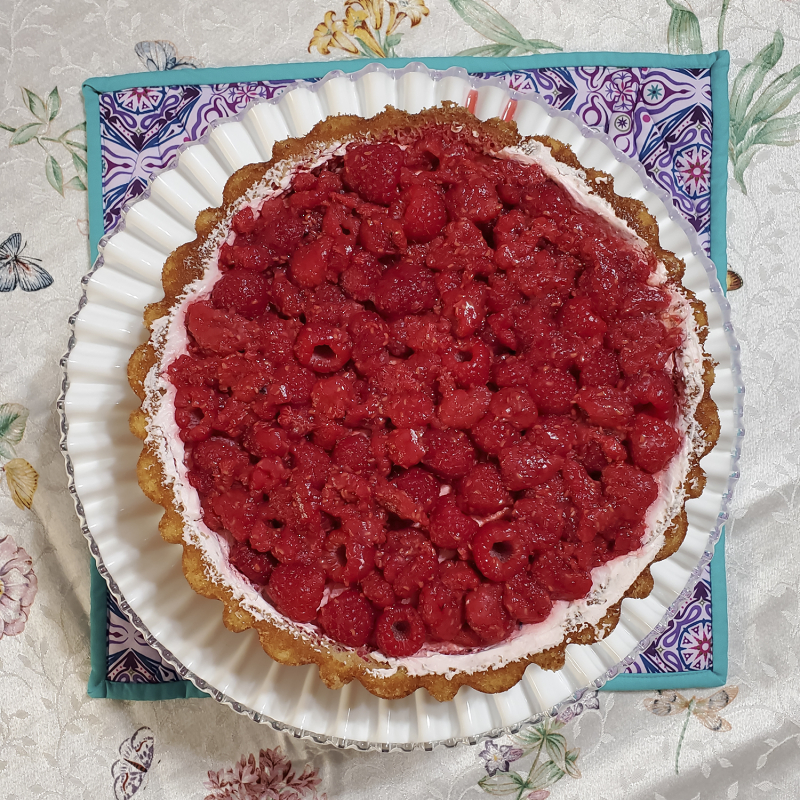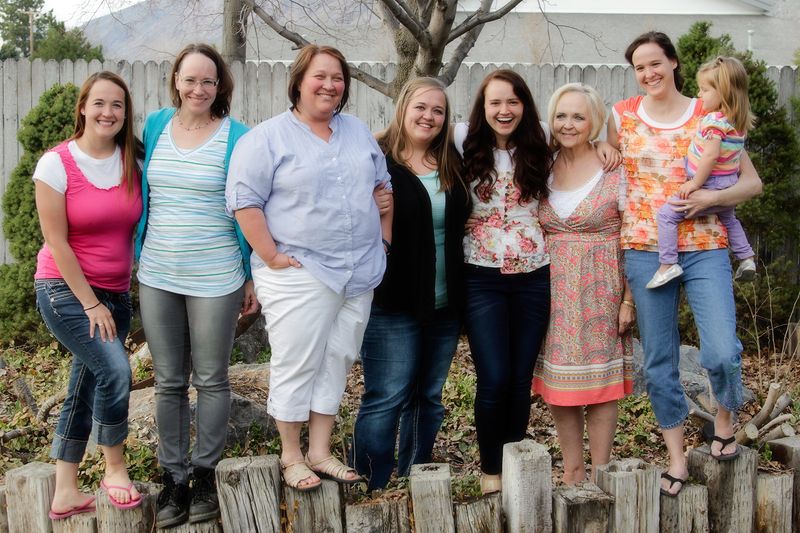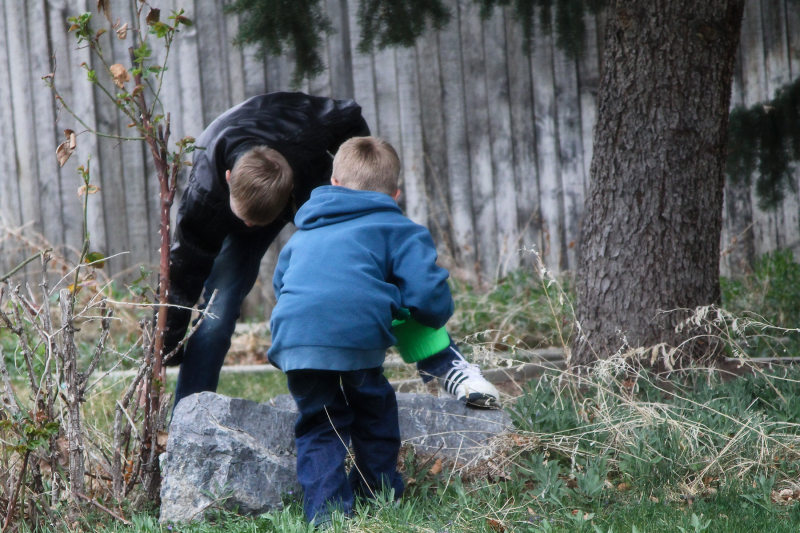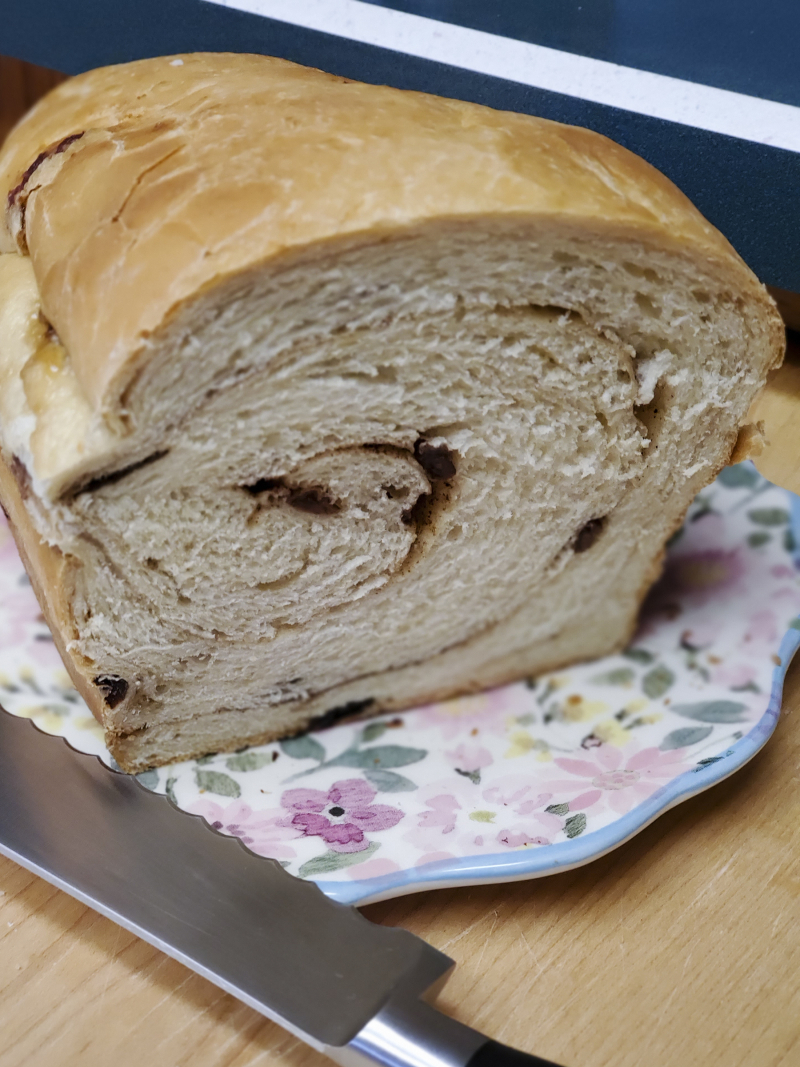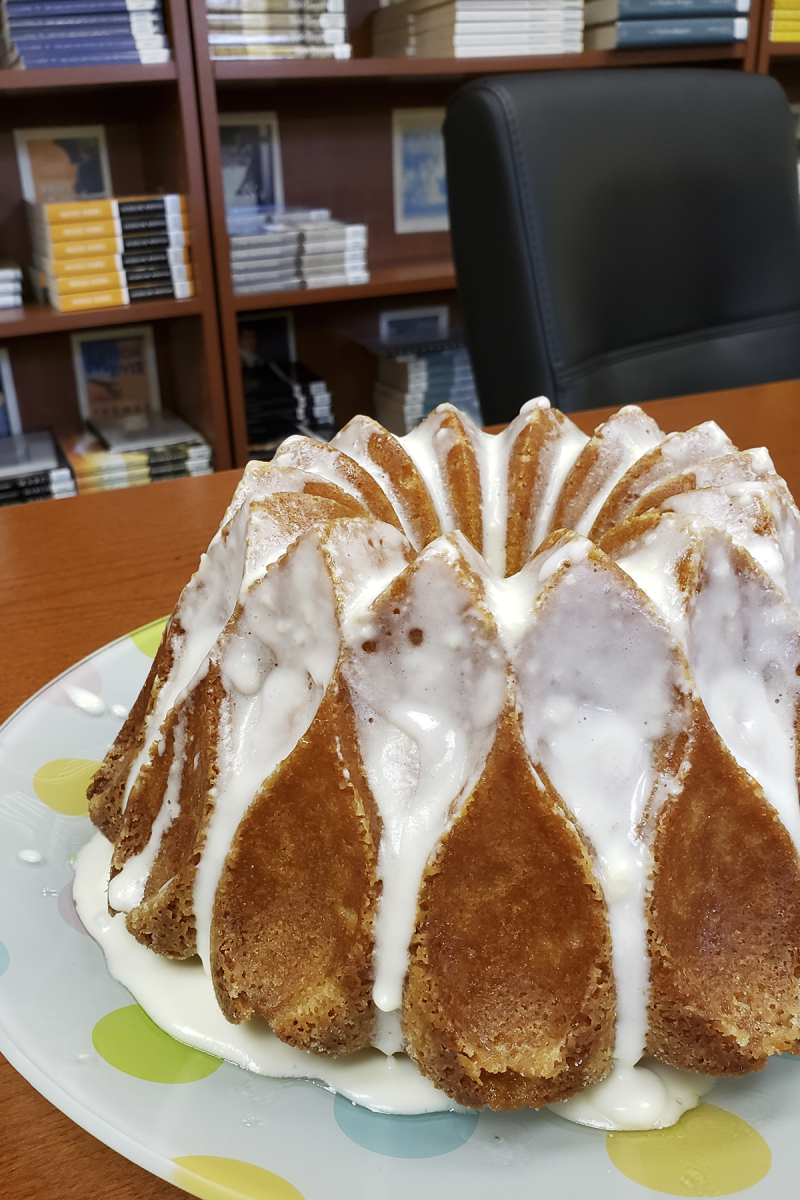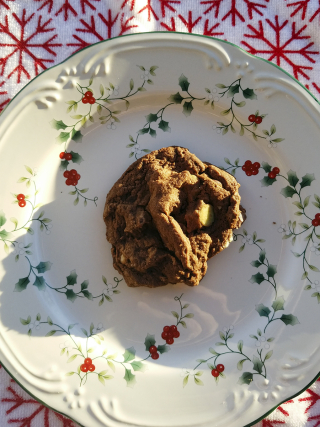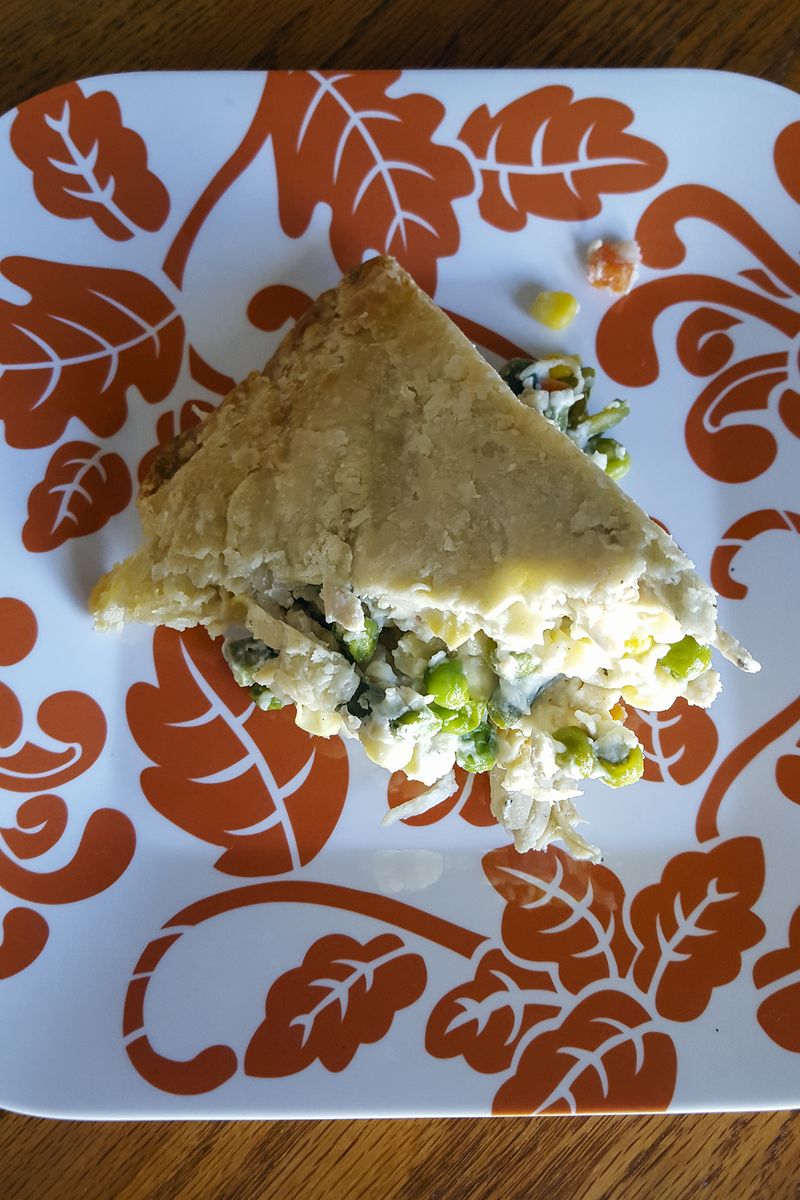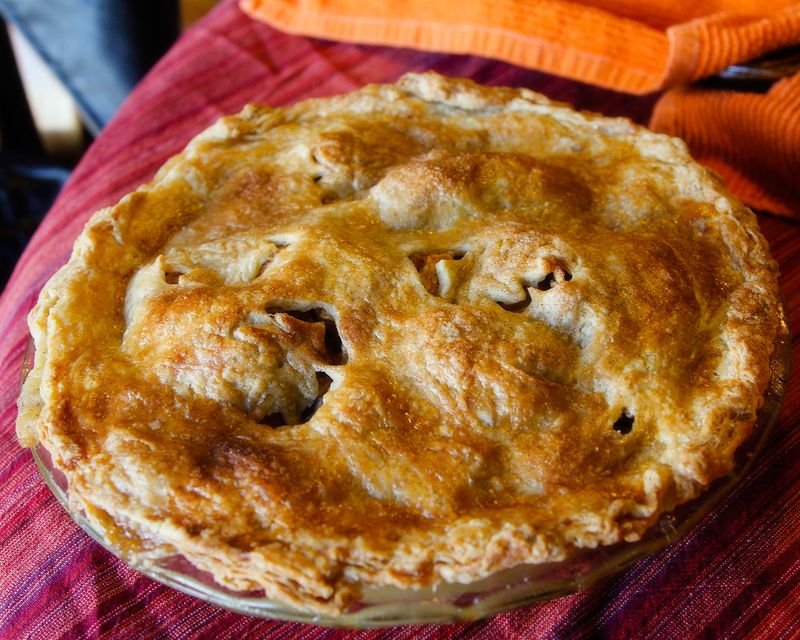Connections
Sunday, April 04, 2021
I spent a good chunk of time yesterday making side dishes for today’s Easter meal. (It took me much longer than normal to put together a pasta salad and a frog eye salad and some dough for sweet rolls, because I’m so slow and cautious on my feet right now.) While I cooked, I thought about cooking for holiday meals. My sister texted me and asked for the berry cake recipe, my niece texted and asked for clarification on the berry cake (salted or unsalted butter?) It’s been since I was a teenager that I prepared a meal with someone else in the kitchen, and those texts or phone calls have become part of why I love prepping for holidays: shared recipes, asking for help, knowing we are all cooking at the same time if not in the same kitchen.
When my kids were growing up, I loved Easter. We would all gather for a meal at my mom’s house in the afternoon. We always had ham and cheese potatoes, with a rotating cast of side dishes. If it was good weather we’d eat in the back yard. Then we’d have an Easter egg hunt. Those afternoons of being in the yard I loved as a kid, vibrant with spring flowers, listening to my kids and nieces and nephews run around and laugh and cheer…I loved them. The days, the people, the setting.
About 12 years ago, I was shopping at Williams Sonoma and came across a Mary Ann cake pan on clearance. As I have always been the provider of desserts at family parties, I was intrigued, a pan with fluted edges and a well in the top to fill with fruit. I snatched it up and made it for Easter that year (after making a practice cake that was kind of a disaster…the pan is SO tricky to get oiled correctly so the cake comes out without breaking) and everyone loved it, so that is what I brought to Easter dinners forevermore. (Well, and sugar cookies for the kids, and also sometimes my lemon cake as well.)
All these years later, I still have that pan.
What I don’t have: my dad, my mom, my mom’s house. Little kids who love going to grandma’s house. That easy and uncomplicated relationship in my extended family. Even not knowing that it wasn’t easy and uncomplicated. In this time after both my parents are gone, these post-trump, end-of-pandemic times, we are all deeply fractured and have retreated to the safety of our own homes.
And here it is, Easter. A gorgeous Easter Sunday and my spring flowers are perfect blossoms. There won’t be any little kids today, running around searching for candy. The Easter baskets are sparse because adult kids don’t care and the teenager just wants clothes. We aren’t even having the raspberry cake from the Mary Ann pan, because the boys voted for a Skor cake instead.
But it makes me happy, still, to think of my sister and more than one of my nieces, who have procured Mary Ann cake pans of their own, serving them to their families.
And I will have most of my family with me today. We’ll eat—steak, pasta salad, brown rice—and laugh. We’ll take some pictures among the spring flowers, maybe with bare feet in the barely-green grass.
And the rest of my extended family will be eating, laughing, taking pictures at the same time. It’s not how it used to be, and there is some devastation in that. But hopefully the ways we have influenced each other in the past—cake pans and recipes, encouragement and advice—will continue on in the future.
